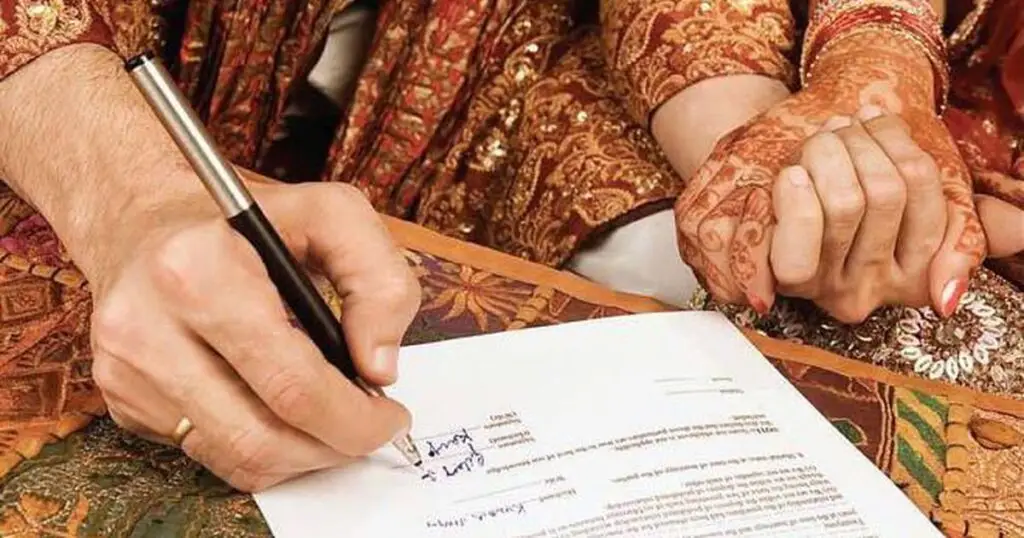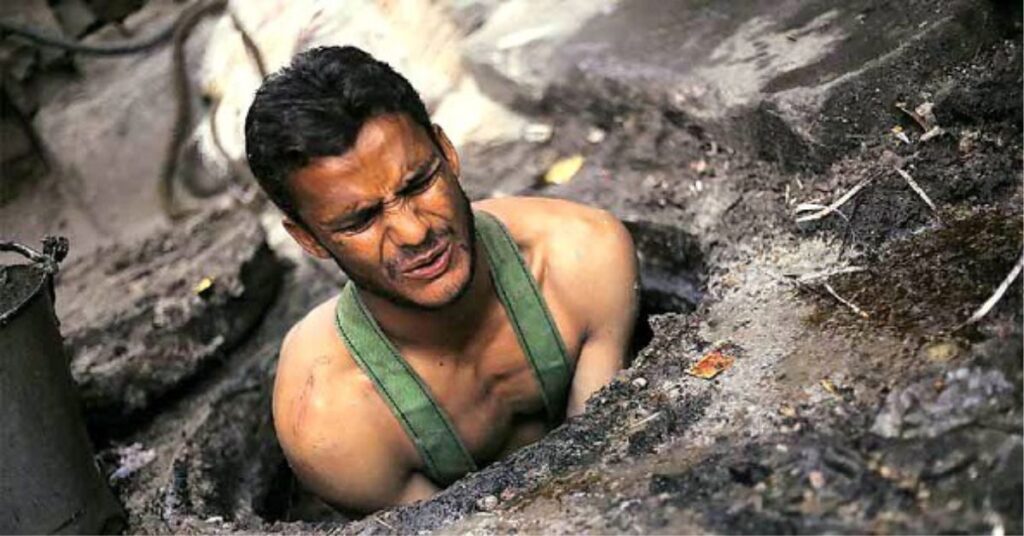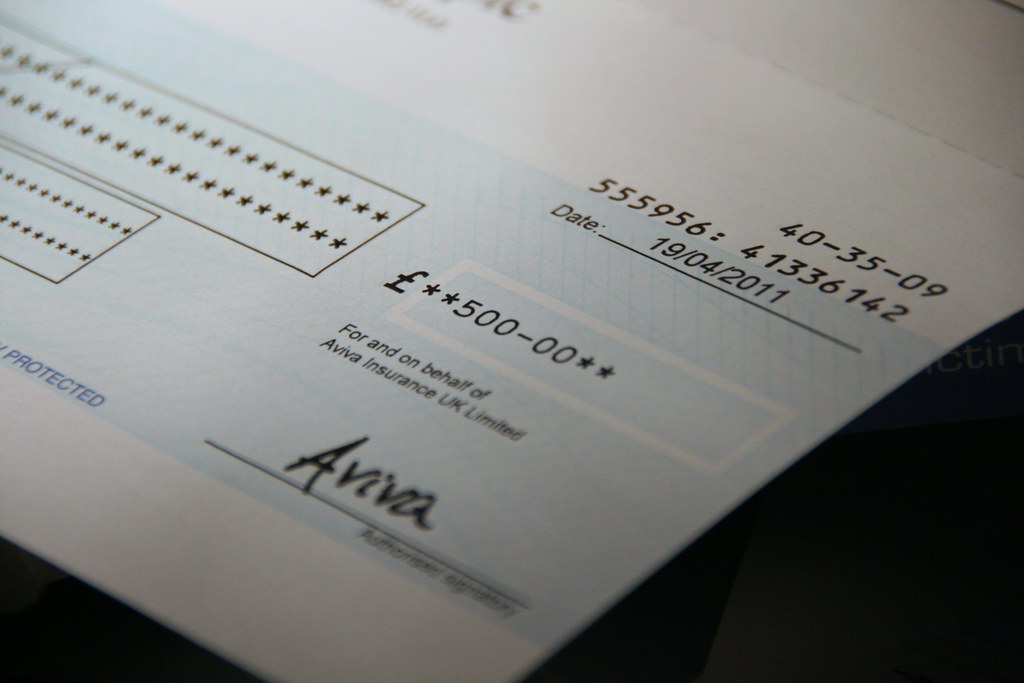Special Marriage Act in India: A Step Toward Secular Love
In a country as diverse as India, where culture, religion, and tradition often intertwine with law, the Special Marriage Act (SMA), 1954 stands out as a progressive piece of legislation. It offers a secular route to marriage — free from religious customs and personal laws — allowing two individuals from different backgrounds to legally unite.Whether you’re in an interfaith relationship or simply want to avoid religious ceremonies, this act might be the path you’re looking for. Let’s dive into what it is, how it works, and why it matters. What does Special Marriage Act Mean?Basically SMA is a central law in India that allows two people to marry regardless of their religion, caste, or creed. It was enacted to provide a civil marriage option to couples who don’t want to marry under personal laws like Hindu, Muslim, or Christian laws.This act applies to:Citizens of India, irrespective of religionIndian nationals living abroadInter-caste or interfaith couplesCouples wanting a simple, court-registered marriage Key Features of the ActSecular Nature: The SMA is not based on any religion. It focuses solely on legal consent and eligibility.Notice Period: Couples must give a 30-day public notice at the Marriage Registrar’s office before the marriage can take place.Objection Clause: During this 30-day period, objections can be raised. If none are found valid, the marriage can proceed.Registration: The marriage is solemnized in front of the Marriage Officer and three witnesses, and a marriage certificate is issued.Legal Rights: The married couple gets legal rights such as inheritance, alimony, and divorce under secular civil law. Eligibility CriteriaTo get married under the Special Marriage Act:Both parties must be at least 21 years old (for men) and 18 years old (for women)Neither party should have a living spouseBoth must be mentally soundThe couple should not fall within prohibited degrees of relationship (e.g., close blood relatives) Step-by-Step ProcessFiling the Notice: Submit a notice of intended marriage to the Marriage Registrar in the district where either partner has resided for at least 30 days.Waiting Period: Wait for 30 days to allow any objections.Objection Handling (if any): If objections are raised, they are investigated. If none or found invalid, the process continues.Marriage Solemnization: After 30 days, the couple can get married in front of a Marriage Officer and three witnesses.Certificate Issuance: A legal marriage certificate is issued, which is proof of marriage. Divorce and Legal SeparationMarriages under SMA are governed by civil laws, not religious laws. If the relationship breaks down, divorce and separation are dealt with through Chapter V of the SMA, which covers:Mutual consent divorceContested divorceGrounds like cruelty, adultery, desertion, etc. Why It Matters TodayIn a time when interfaith and intercaste relationships are still met with social resistance in many parts of India, the Special Marriage Act:Protects individual freedomProvides a legal shield to interfaith couplesEnsures that religion does not interfere with the right to marryHowever, the public notice requirement has been criticized for exposing couples to harassment. There have been calls to amend this clause to protect privacy, especially in sensitive cases. ConclusionThe Special Marriage Act is more than just a legal provision — it’s a reflection of India’s secular spirit. While challenges remain, the SMA empowers individuals to choose love over labels, lawfully and fearlessly.Whether you’re planning your own wedding or just curious about the legal framework of love in India, understanding the Special Marriage Act is a step toward an inclusive society that respects choice and celebrates unity.




